Fruits are an ideal addition to you and your dog’s diet. It contains vitamins and minerals that are beneficial for your overall health. One essential type of fruit that both you and your pet can have is the berry fruit!
What are berries? Berries are edible fruits that are small, pulpy and brightly colored. These fruits may taste sour or sweet. They are generally rich, juicy and have no stones or pits though there maybe seeds or pips. The delicious taste of the fruits is what makes it popular among people and pets as well.
Strawberries, blueberries, raspberries, black currants, and red currants are the most common edible berries. Worldwide you can find many uses for berries like being used in pies, jams, preserves, or cakes. Berries are essential commodities in the commercial market.
Likewise, berries have many health benefits for your dog. However, not all berries are edible and safe for your pet. This article can give you some information about the types of berries that canines can eat. We also made a list of berries that are harmful to both dogs and humans. Knowing more about the different types of berries goes a long way in maintaining your pet’s good health and well-being.
What Types of Berries are Suitable for Dogs?
Blueberries
These fruits are indigo in color and are native to North America though some blueberries have been introduced to Europe in the 1930s. The blueberry plant is a perennial flowering type and looks like a rigid shrub. These plants are either 10 centimeters (or 3.9 inches) to 4 meters (or 13 feet) in size.
Smaller blueberries usually grow in the wild and have the nickname of “lowbush berries.” Larger blueberries or “highbush” are the cultivated version. The fruit itself has a pale green color that turns to reddish-purple color. When the fruit is ripe, its color becomes dark purple. A blueberry is 5 to 16 millimeters (or 0.20 to 0.63 inches) in size and has a flared crown at its bottom part.
Are blueberries good for dogs? Yes, they are good for your pet. It has a low-calorie content as well as essential vitamins and nutrients. Also, it has antioxidants that fight free radicals that cause molecular and cellular damage to a dog’s body. Antioxidants also bolster the immune system of a canine.
Moreover, blueberries have phytochemicals that fight off canine cancer. Lastly, it has Vitamin C that improves a canine’s white blood functions and produces antibodies to combat toxins, bacteria, and viruses. These different nutrients are the reasons why blueberries for dogs are healthy for them.
Blackberries
A relative of the raspberry plant, the blackberry, is an aggregate fruit in botanical terms since it is composed of drupelets. There are at least 375 species and are spread wide across the world, particularly in Europe. These plants are often an essential part of the ecology of some countries. Blackberries grow wild in Europe, and for some people, harvesting the fruit is a popular pastime. It is not just humans and dogs that find the blackberry delicious and edible. Certain types of caterpillars survive on this fruit. Also, deers and other grazing animals eat blackberry leaves.
Are blackberries suitable for dogs? Considering the fruits’ nutrients and minerals, blackberries are great treats for your canine pets. It has Omega-3 essential fatty acid that keeps your pet’s coat and skin healthy. It contains fiber that helps the process of digestion and eases a canine’s bowel movement.
Likewise, it has antioxidants which are responsible for mitigating the free radical’s damage to the cells. Vitamin A in blackberry prevents dry, itchy skin and dull coat. More so, it has Vitamin C, which has anti-carcinogen properties that prevent cancer in canines. Vitamin K is another vitamin in blackberry that helps canines by clotting their blood correctly to avoid excessive bleeding. Finally, it contains good amounts of Vitamin E that improves a dog’s muscles and circulatory system. Having some blackberries for dogs to eat is a wise decision mainly as it affects the state of their health.
Strawberries
Around the world, people cultivate various types of strawberries. The strawberry fruit (which happens to an aggregate accessory fruit, hence not a real botanical berry) has a bright red color. The fruit is tasty, juicy and has a particular sweet aroma. People consume strawberry in large quantities, whether fresh or pre-prepared state. You can find the fruit as an ingredient in different food products like chocolates, preserves, milkshakes, fruit juices, pies, and ice creams. More so, strawberries’ flavor and aroma are also in perfume, lip gloss, candy, hand sanitizers, etc.
Are strawberries good for dogs and if so, what makes it good for canines? The fruit contains lots of fiber, Vitamin C, Vitamin E, antioxidants, beta-carotene, phytochemicals, Vitamin B, and potassium. The strawberry has anti-inflammatory properties. The decrease in your pet’s inflammatory effects helps it deal with joint pain, muscle, and headaches. The best part of strawberries for dogs is that it is practically non-toxic. A berry without toxins is the ideal sweet treat for all kinds of pets.
You can serve these berries as treats and snacks after the main meal. However, don’t substitute your pet’s main meals with this fruit since it still needs nutrients and minerals not present in berries. Also, make sure that the fruits are clean before serving. Just wash the berries in water to remove any remaining pesticides or dirt.
Type of Berries You Should Never Give Your Dogs
You must know which of these fruits are not suitable for canines to eat. Berries not safe for dogs usually have substances that cause adverse effects. Read the list below to know which berry fruits you should avoid from giving your pet.
Holly berries
A plant belonging to the Aquifoliaceae family of flowering plants and has 400 to 600 species of its type. The plant is a climber, tree, or shrub in form and it is widespread in subtropical and temperate regions. The leaves look glossy and straightforward with a spiny leaf margin. The fruit of the Holly is either red to brown to black in color. The holly berry also has green and yellow color though these colors are rare. This fruit ripens only in winter. The holly can be an invasive plant since it crowds out other native species of plants.
You will easily recognize the Holly since this is a holiday décor during Christmas. Its berries, however, are toxic to both humans and dogs. Holly berries have substances like cyanogens, saponins, and methylxanthines that can cause vomiting and diarrhea. Ingesting its leaves can also cause internal injuries due to its spiny leaves.
Juniper berries
The juniper berry, despite its name, is not a real berry. The fruit is more akin to a seed cone, and various species of junipers produce this fruit. The cone has fleshy scales that merge, thus giving it its berry-like appearance. The ancient civilizations like the Egyptians, Greeks, and Romans tend to use the juniper berry as medicines. For the Romans, they used the fruit as a substitute for long pepper and black pepper. European cooks have juniper berries as an ingredient in their cuisines as well.
The fruit is good for different cooking purposes, but the Juniperus Sabina species is poisonous due to its toxic compounds like ethereal oil. If your dog is getting too much juniper berries, it can be unhealthy to its body. The adverse effects of the fruit include:
- Hypoglycemia or low blood sugar
- Problems with the kidney
- Seizures
Baneberries
If there’s one plant whose fruits are unquestionably toxic, it would be the baneberry. It thrives in places with temperate climates like North America. Baneberries are part of the Ranunculaceae family species of plants. Some of the species grow in North America like wild plants, while others are indigenous to Europe. The fruits have a white or glossy red appearance while the baneberries’ leaves have toothed edges.
The word “bani” which in Old Norse means slayer and it translates to “bane” in English, and there is a good reason why the fruit has the word “bane” to it. The fruit has glucoside and ranunculin compounds that cause poisoning. Additionally, the Baneberry tastes bitter to one’s tongue and has a high level of acidity that can irritate the mouth along with the throat. It takes at least as few as six baneberries to be fatal to a person or dog. Some signs of Baneberry poisoning are:
- Neurovascular and Cardiovascular symptoms though these two are rare
- Hematuria or presence of blood in a canine’s urine
- Blisters or skin irritation
Poke berries
This plant exclusively grows in the United States, specifically in the Midwest, the Gulf Coast, and eastern North America. Poke berries are fruits from the pokeweed plant. The plant has a large white taproot with simple leaves that grow on purplish or green to red stems. The berries are either purple or black, and the plant’s flowers are green to white. Pokeweed grows wild in pastures, areas that have been recently cleared, edge habitats like fencerows, waste places, and woodland openings. No farmer cultivates this plant due to its toxicity to humans and animals. Likewise, pokeberries are a pest species. On the other hand, this fruit remains edible to songbirds like the brown thrasher, gray catbird, northern cardinal, northern mockingbird and other species that are not affected by its toxins.
Ingesting the pokeberries can be fatal to a canine. However, there are some warning signs or symptoms that your pet might have ingested some of it. Some examples of the symptoms are:
- Hypotension or low blood pressure
- Stomach and intestine inflammation
- Diarrhea and bloody stool
Mistletoe berries
The mistletoe is a very familiar plant because it is a common decoration during Christmas time. Mistletoe is the common name for plants that obligate hemiparasitic in nature.
These plants attach themselves to a shrub or a tree via their branches, which the plant then absorbs nutrients and water from its host. European mistletoes have white waxy berries that cluster in two or six while the leaves are oval, evergreen and smooth at their edges. North America’s Eastern mistletoe looks the same as the European type, but its berry cluster is 10 or more and its leaves are broader and shorter.
Mistletoe berries contain lectins, polysaccharides, and alkaloids, all of which are harmful to dogs’ internal organs. Ingesting large amounts of mistletoe berries can cause:
- Gastrointestinal irritation that leads to drooling, vomiting, abdominal pain and diarrhea
- Sudden abnormal heart rate and hypotension
- Ataxia or walking drunk along with seizures.
Choose The Types Of Berries You Give Dogs
Berries like strawberries, blackberries, and blueberries are great for dogs. However, pet owners should not overdo it. These fruits are healthy, but excessive feeding can harmful. Give your pets moderate amounts and try not to give them these fruits all too often. It is advisable that the berries must be clean and served naturally without any sugar.
When it comes to protecting a canine from the poisonous berries, you need to keep an eye on them. Also, keep a tight reign on your pets when going for a walk in woods or pasture where those kinds of plants are nearby. As for the ornamental berry plants, you need to keep them out of your pet’s reach all the time. Despite your precautions, your dog can still get sick from overeating or poisoning. When this happens, take your pet to a veterinarian right away. Quick treatment of your dog’s problems can save your life and spare you grief later on.
These are the berries that are safe and unsafe for your canine. This information can help you choose which to give and those avoid. So, go ahead, buy some blueberries, blackberries, or strawberries. Just make sure the berries are fresh as well as safe to eat, and your dog will enjoy eating them.
READ MORE:


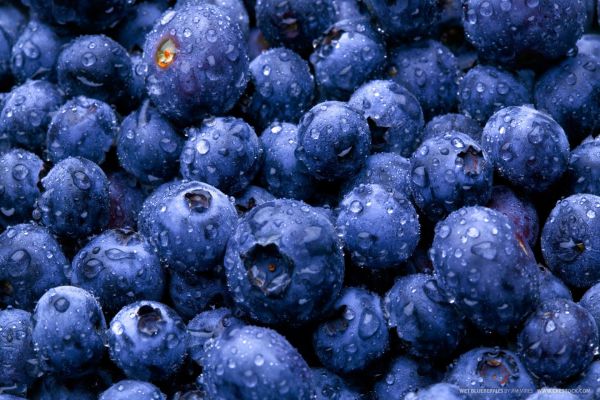
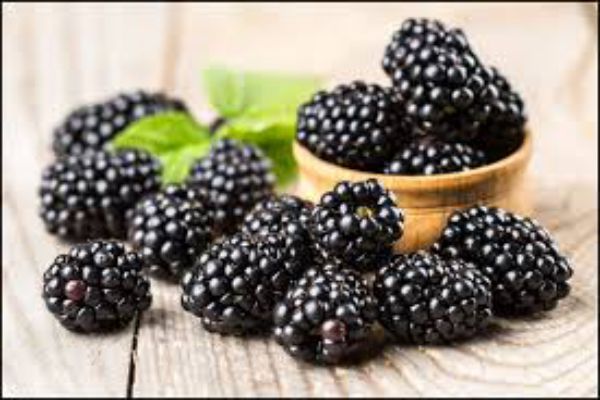

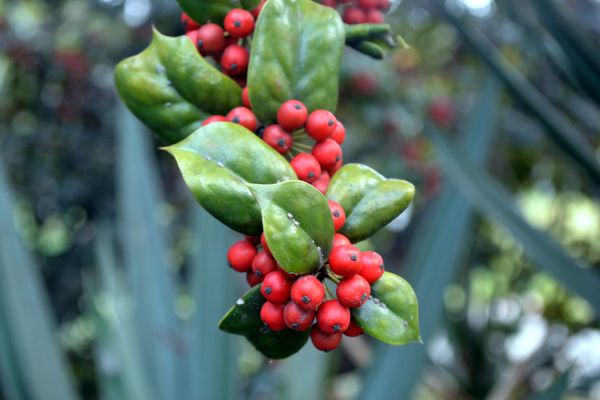
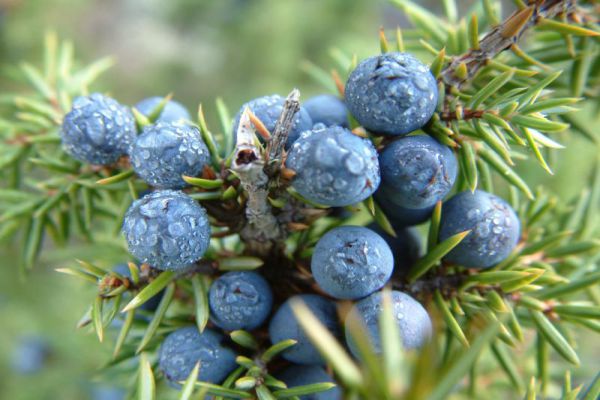
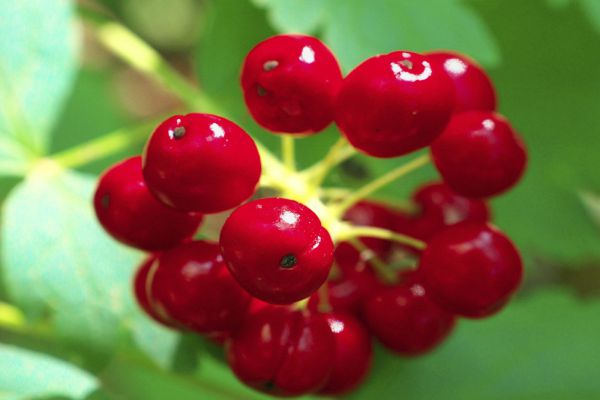
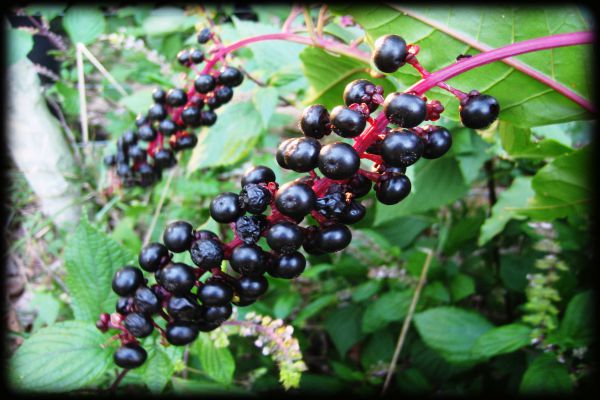
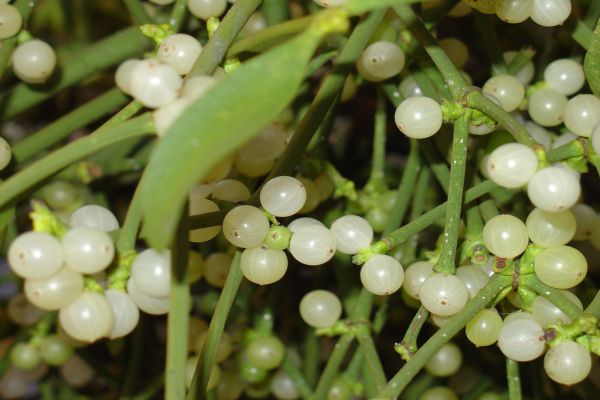
Exactly what i was looking for! Thank you so much!
Are Loganberries safe for dogs to eat??
Are Viking AroniaBerries toxic to dogs?
Can anyone tell me if Madrone Berries are toxic or poisonous?
My 14 month old Corgi ate some yesterday while at a friends house. They said they are non-toxic but my pup vomited them up in my car…. since then all seems normal, eating well (yes she’s a Corgi ) and stools are ok.
I just want to know before deciding if my dog can visit there again or if it’s better to just leave her home. Their dogs didn’t touch the berries though and mine thought she was in heaven eating all of them she could find
Are my dingleberries safe for a dog?
Goose berries?
Thimble berries?
Elderberries?
There’s a lot of missing berries
What about dewberries
Are blackcurrants, not blackberries, toxic to dogs?
@CareyArnotty – no, your dingleberries are not safe for a dog. So, only you should eat them…
Are the berries that fall from a Cleveland Pear Tree toxic to dogs? I have one of these trees in my back yard and just recently adopted a 7 week old Yorkie. I need to make sure that my back yard is safe for her. Please let me know
My dog ate some gooseberries and I didn’t know until I looked it up. I’ve since cut it down and removed it from the back yard. The dogs is fine so I think she’s ok. But I’m taking her to see the vet on the 6th. You can believe that I’m going to keep an eye out for toxic plants from now on. Lesson learned the hard way.
Does anyone know if goumi berries are safe for animals? Nothing I’ve looked up has said they’re toxic, and i would love to plant some around my property, since theyre delicious, but I have dogs, horses and chickens.
Thanks in advance! 🙂
can dogs eat haskap berries?
is Mayhew berries safe or not does anyone know
Are any berries from the following plants toxic to dogs? Cranberry Bush, Juneberry, Redosier Dogwood, and Sand Cherry? Thanks for any help.
Are wheat berries safe for dogs?